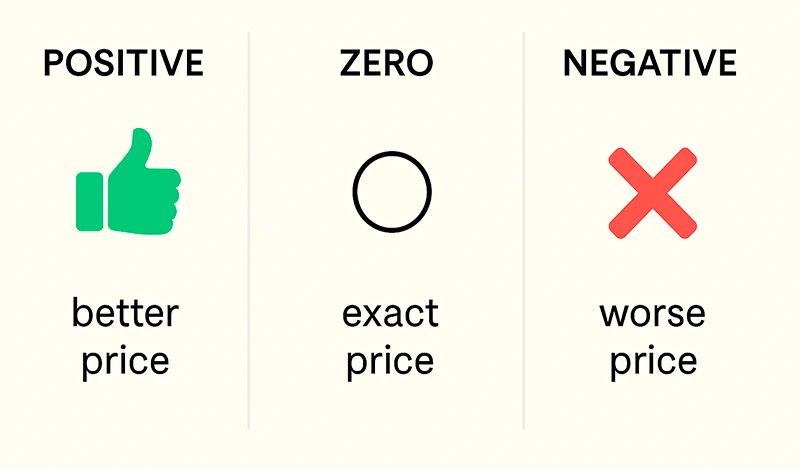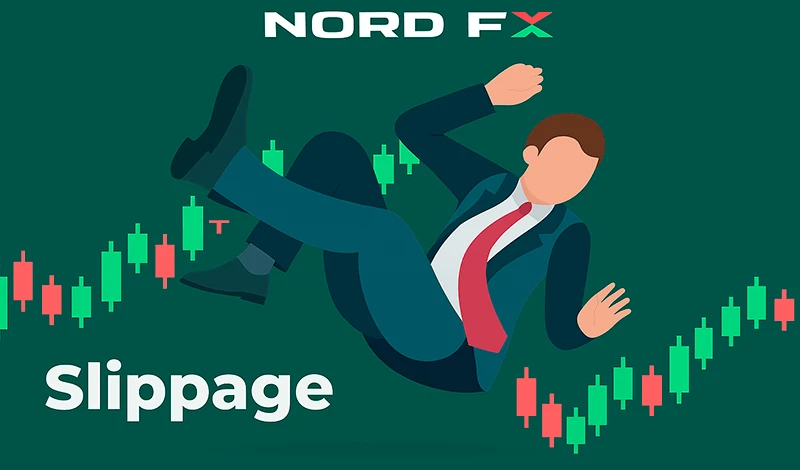When you place a trade, you expect it to be executed at a certain price. But sometimes, what you get is something entirely different—better or worse. That tiny (or sometimes not-so-tiny) difference is called slippage. Whether you’re trading Forex, crypto, stocks, or futures, slippage is an ever-present part of live market execution.
While often viewed as a nuisance, slippage can also present opportunities. This article explores what slippage is, why it occurs, how it affects various asset classes, and—most importantly—how you can manage it effectively in your trading strategy.
What Is Slippage?
Slippage is the difference between the price you expect and the price at which your order is actually executed. It can be:
- Positive: Executed at a better price than expected.
- Negative: Executed at a worse price.
- Zero: Executed at exactly the requested price.
This happens due to price movement in the very short window between the time an order is placed and when it is filled. Slippage is most common with market orders and stop-loss orders, especially during volatile or low-liquidity conditions.

Why Does Slippage Happen?
Order Type and Execution Speed
- Market orders are executed immediately at the best available price, which can change in milliseconds.
- Stop-loss orders become market orders when triggered, exposing them to slippage.
- Limit orders, on the other hand, define a strict price, so slippage doesn’t occur—but they might not be filled.
Market Volatility
High-impact news releases, earnings reports, or geopolitical events can cause sharp price moves, widening spreads and increasing the risk of slippage.
Liquidity and Market Depth
Slippage is more likely in markets with low trading volume or thin order books. If there aren’t enough buy/sell orders at your target price, your order "slides" through different price levels until it’s fully filled.
Order Size
Large trades can consume multiple levels of liquidity, pushing execution into less favorable prices, especially in less liquid markets.
Platform and Network Latency
Execution speed matters. Delays between order placement and broker/server processing—even by milliseconds—can cause price changes and lead to slippage.
Slippage Across Different Markets
Forex
In the FX market, slippage is measured in pips. Major pairs like EUR/USD often have lower slippage due to deep liquidity, while exotic pairs can see larger price gaps.
Stocks
Equity markets can be prone to slippage at the open and close, or during earnings reports. Large institutional trades can impact price levels across multiple ticks.
Futures and Commodities
Futures contracts and commodities like oil or gold may experience slippage around economic data releases or unexpected supply/demand shocks.
Cryptocurrencies
Crypto markets, especially in less-traded tokens, are highly volatile and often illiquid. Large trades can quickly push the price out of range, resulting in substantial slippage.
ETFs and Options
ETFs generally track the underlying index, but market-maker spreads can widen under stress. In options trading, slippage may occur due to bid-ask gaps and low open interest.
How Slippage Impacts Trading Performance
Trade Profitability
Even small amounts of slippage can eat into profits over time, especially for scalpers or high-frequency traders.
Backtest vs. Live Results
Backtests often assume perfect fills at target prices. In reality, slippage can cause significant divergence between simulated and live performance.
Risk Management
Stop-loss slippage can result in larger-than-expected losses, which affects position sizing and risk controls.

How to Minimize Slippage
Use Limit and Stop-Limit Orders
Instead of market orders, use limit or stop-limit orders to control your entry or exit price. While you may miss the trade, you won’t suffer unexpected execution.
Trade During High Liquidity Hours
For Forex, the best times are during the London and New York sessions. For stocks and futures, mid-session hours tend to be most stable. Avoid trading during major news releases unless you're specifically set up for it.
Avoid Low-Volume Assets
Trade instruments with high daily volume and tight spreads. Illiquid markets are prone to large price jumps, increasing slippage.
Break Down Large Orders
Instead of executing one large order, divide it into smaller parts over time to avoid moving the market.
Monitor Broker Execution Quality
Choose platforms that are transparent about execution speed and slippage reporting. Some brokers even publish average slippage statistics for each asset class.
Advanced Considerations
High-Frequency Trading (HFT) and Phantom Liquidity
High-frequency trading (HFT) plays a significant role in today’s financial markets. These trading systems use ultra-fast algorithms to exploit small price inefficiencies across milliseconds. While HFT can enhance market liquidity during normal conditions, it may also create challenges for regular traders. One such issue is phantom liquidity—a tactic where HFT algorithms display large orders that give the appearance of deep liquidity, only to cancel them the moment a sizable trade approaches. As a result, retail traders may experience sudden slippage when these seemingly available orders vanish, leaving fewer real opportunities to execute trades at the desired price.
Guaranteed Stops
To help mitigate the impact of slippage, some brokers offer guaranteed stop-loss orders. These special order types promise execution at a specific price, regardless of market volatility or price gaps. This can be particularly helpful during events like earnings announcements or geopolitical shocks when prices may skip over traditional stop levels. However, guaranteed stops usually come with trade-offs: they may involve an additional fee, a minimum stop distance from the current market price, or wider bid-ask spreads. As a result, traders need to evaluate whether the cost of this protection is justified by their risk tolerance and trading strategy.
Slippage Logging
One of the most practical ways to manage slippage is to track it systematically. Slippage logging involves recording the expected price of a trade (based on your order placement) versus the actual execution price. Over time, this data can reveal patterns—such as frequent slippage during certain market hours, on specific instruments, or when using a particular broker. Analyzing this information enables traders to adjust their strategies, shift trading times, or even consider switching platforms if consistent execution issues arise. Moreover, logging slippage is a valuable tool for refining algorithmic strategies, where even small pricing discrepancies can significantly impact performance over the long term.
Final Thoughts
Slippage is an inevitable part of real-world trading. While you can’t eliminate it, you can manage it smartly. Use the right order types, avoid volatile times, monitor execution, and trade with awareness.
Understanding slippage—its causes, types, and mitigation—can help you better navigate the realities of financial markets, improve trade precision, and protect long-term performance.
Go Back Go Back
